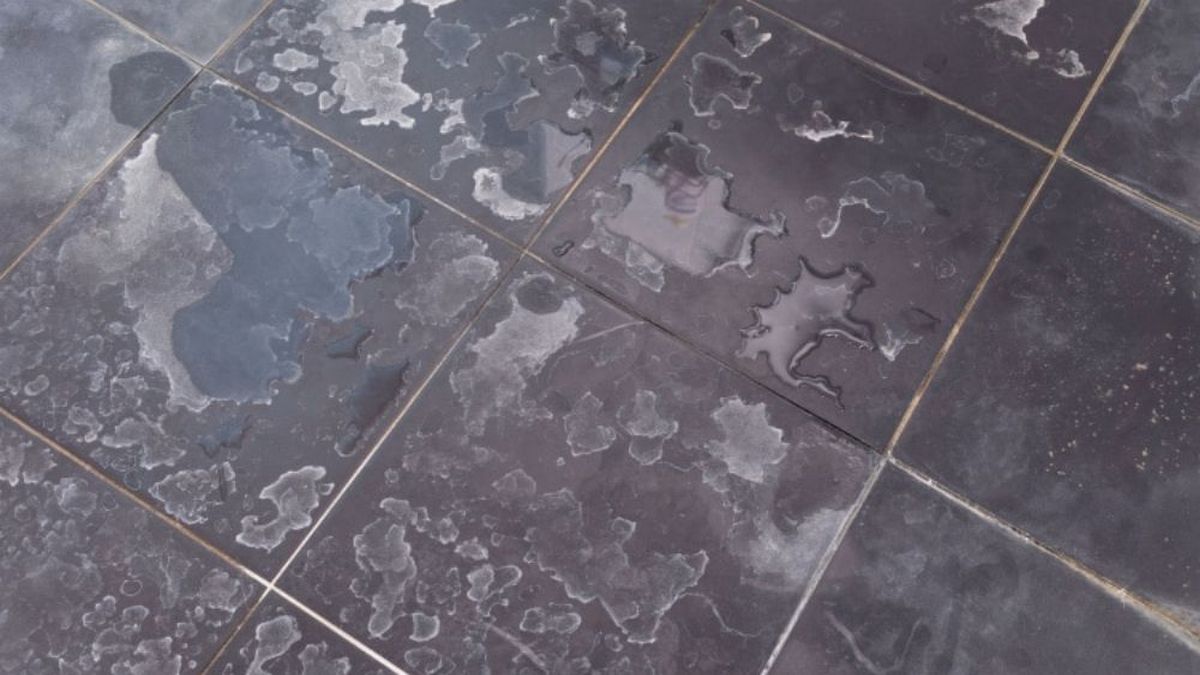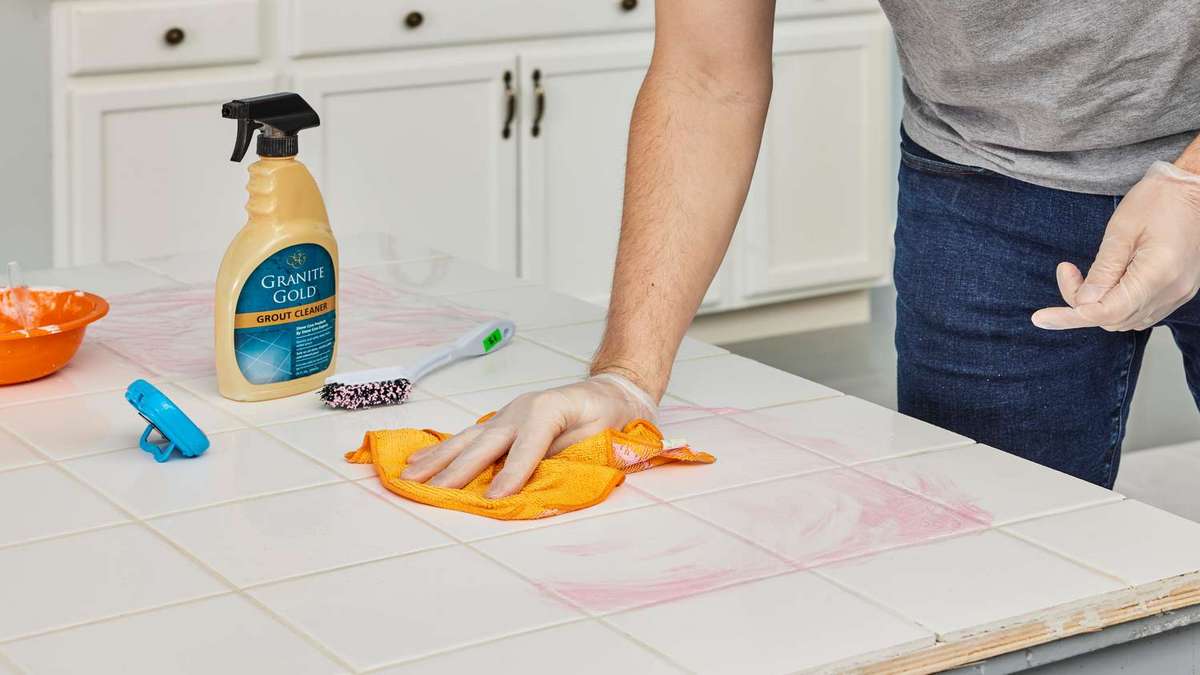Tiles are one of the most durable and versatile flooring options available, yet they require regular care to maintain their appearance and longevity. Whether installed in kitchens, bathrooms, or outdoor areas, tiles can last for decades if properly maintained. Neglecting basic upkeep, however, can lead to discoloration, cracks, and a shorter lifespan. This article will provide detailed tips for maintaining and cleaning tiles while also exploring some design insights to enhance their aesthetic appeal.
Understanding Tile Types and Their Maintenance Needs
Before diving into cleaning routines, it is essential to recognize that different types of tiles—ceramic, porcelain, natural stone, and glass—have varying maintenance requirements. Porcelain tiles, for instance, are extremely durable and resistant to stains, while natural stone tiles such as marble or travertine require more delicate care and specialized cleaners to prevent damage.
When considering longevity, the initial investment in high-quality tiles pays off, but ongoing maintenance is equally important. Tips for maintaining and cleaning tiles begin with understanding your tile type to choose the right cleaning products and methods. Avoid harsh chemicals on delicate tiles, and always check manufacturer recommendations.
Regular Cleaning Routines
A consistent cleaning routine is the cornerstone of extending tile life. Daily or weekly cleaning helps prevent dirt and grime from embedding in grout lines or dulling the tile surface.
-
Sweep or Vacuum: Regularly remove dust and debris to avoid scratching the tile surface.
-
Mop with Mild Cleaners: Use a gentle, pH-neutral cleaner to maintain the tile’s shine without causing damage.
-
Focus on Grout: Grout is porous and can accumulate mold and stains over time. Clean grout with a soft brush and a mixture of baking soda and water for optimal results.
Implementing these tips for maintaining and cleaning tiles consistently ensures a lasting finish and reduces the risk of deep stains that require intensive treatments.
Dealing with Stubborn Stains
Even with regular cleaning, stubborn stains can occasionally appear, especially in high-traffic areas. Addressing them promptly is key.
-
Grease and Food Stains: In kitchen areas, using a solution of warm water and mild detergent helps lift grease. Avoid abrasive scrubbing pads that can scratch tiles. Interestingly, choosing the Best Kitchen Tile Color Combinations can also make these stains less noticeable and add a layer of practicality to your kitchen design.
-
Hard Water Deposits: Vinegar or a specialized tile cleaner can help remove mineral buildup from faucets, sinks, or bathroom floors.
-
Mold and Mildew: Preventive measures like keeping bathrooms well-ventilated are essential, but for stubborn mold, use a mixture of hydrogen peroxide and water applied directly to affected areas.

Preventing Tile Damage
Prevention is always better than repair. Tiles can crack or chip due to heavy impacts or structural issues. Some tips for maintaining and cleaning tiles with prevention in mind include:
-
Using Rugs and Mats: Place rugs in high-traffic areas, especially near entrances, to reduce dirt and debris.
-
Avoid Dragging Heavy Objects: Dragging furniture across tiles can cause scratches or cracks. Lift items instead.
-
Seal Grout Lines: Sealing grout annually prevents water infiltration and staining.
Proactive care can significantly extend tile life and maintain the aesthetic appeal of your home.
Tips for Small Bathrooms and Tight Spaces
Small bathrooms pose unique challenges, as tiles in these areas are more prone to moisture accumulation and mold growth. Choosing the Best Tile Options for Small Bathrooms can make the space appear larger and brighter while ensuring durability. Light-colored tiles and reflective surfaces reduce the perception of cramped space and simplify cleaning routines. Incorporating tips for maintaining and cleaning tiles here involves using appropriate sealants and routine moisture management to prevent long-term damage.
Maintaining Outdoor Tiles
Outdoor tiles experience harsh conditions, from sun exposure to rain, and require specific maintenance strategies. Cleaning patios, terraces, or pool areas involves sweeping, hosing down debris, and occasionally using mild cleaners. Avoid acidic or bleach-based solutions on natural stone, as they can erode surfaces.
Additionally, following Outdoor Tiling Tips such as installing anti-slip finishes and ensuring proper drainage helps prevent accidents and protects tile integrity. Proper care for outdoor tiles not only enhances their appearance but also prolongs their functional lifespan.
Tile Design Considerations in Low-Light Spaces
Tiles in dark or low-light spaces, such as basements or interior corridors, demand both functional and aesthetic attention. Light-colored, reflective tiles enhance brightness, while textured surfaces prevent slips. Implementing Tile Design Tips for Dark or Low-Light Spaces helps improve visibility and ambiance, making the area safer and more inviting.
While design is important, integrating tips for maintaining and cleaning tiles ensures these spaces stay visually appealing over time. Regular dusting and careful mop usage prevent dullness, which is more noticeable in dimly lit areas.
Tools and Products for Effective Tile Cleaning
Having the right tools makes tile maintenance simpler and more effective. Consider investing in:
-
Microfiber Mops: These remove dust efficiently without scratching the surface.
-
Soft Brushes for Grout: Avoid stiff bristles that can damage delicate grout.
-
Tile-Specific Cleaners: Ensure cleaners are compatible with your tile material to prevent discoloration or erosion.
Combining these tools with tips for maintaining and cleaning tiles provides a streamlined, efficient cleaning routine that keeps your floors and walls in pristine condition.

DIY vs. Professional Tile Care
While most routine cleaning can be done at home, professional tile care may be necessary for:
-
Deep Stain Removal: Especially for natural stone tiles.
-
Re-Grouting or Re-Sealing: Professionals can restore tile integrity and aesthetics.
-
Structural Tile Repairs: Cracks or water damage might require professional intervention.
Understanding when to call a professional is a part of smart tips for maintaining and cleaning tiles, ensuring that your investment lasts as long as possible without unnecessary risks.
Eco-Friendly Tile Cleaning Solutions
Sustainable cleaning is gaining importance in household maintenance. Eco-friendly products such as vinegar, baking soda, and essential oils can be used to clean tiles without harsh chemicals. Not only are they safer for your family, but they also minimize environmental impact.
Implementing eco-conscious methods alongside tips for maintaining and cleaning tiles allows homeowners to care for their floors while supporting a greener lifestyle.
Conclusion
Maintaining and cleaning tiles is essential for ensuring their durability, functionality, and aesthetic appeal. From choosing the right materials for specific spaces to implementing regular cleaning routines, preventing damage, and addressing stains promptly, a proactive approach can extend the life of your tiles significantly.
Incorporating design considerations such as the Best Kitchen Tile Color Combinations, Best Tile Options for Small Bathrooms, Tile Design Tips for Dark or Low-Light Spaces, and Outdoor Tiling Tips further enhances the practicality and beauty of your tiled areas. By following these comprehensive tips for maintaining and cleaning tiles, homeowners can enjoy long-lasting, attractive flooring and walls for years to come.

